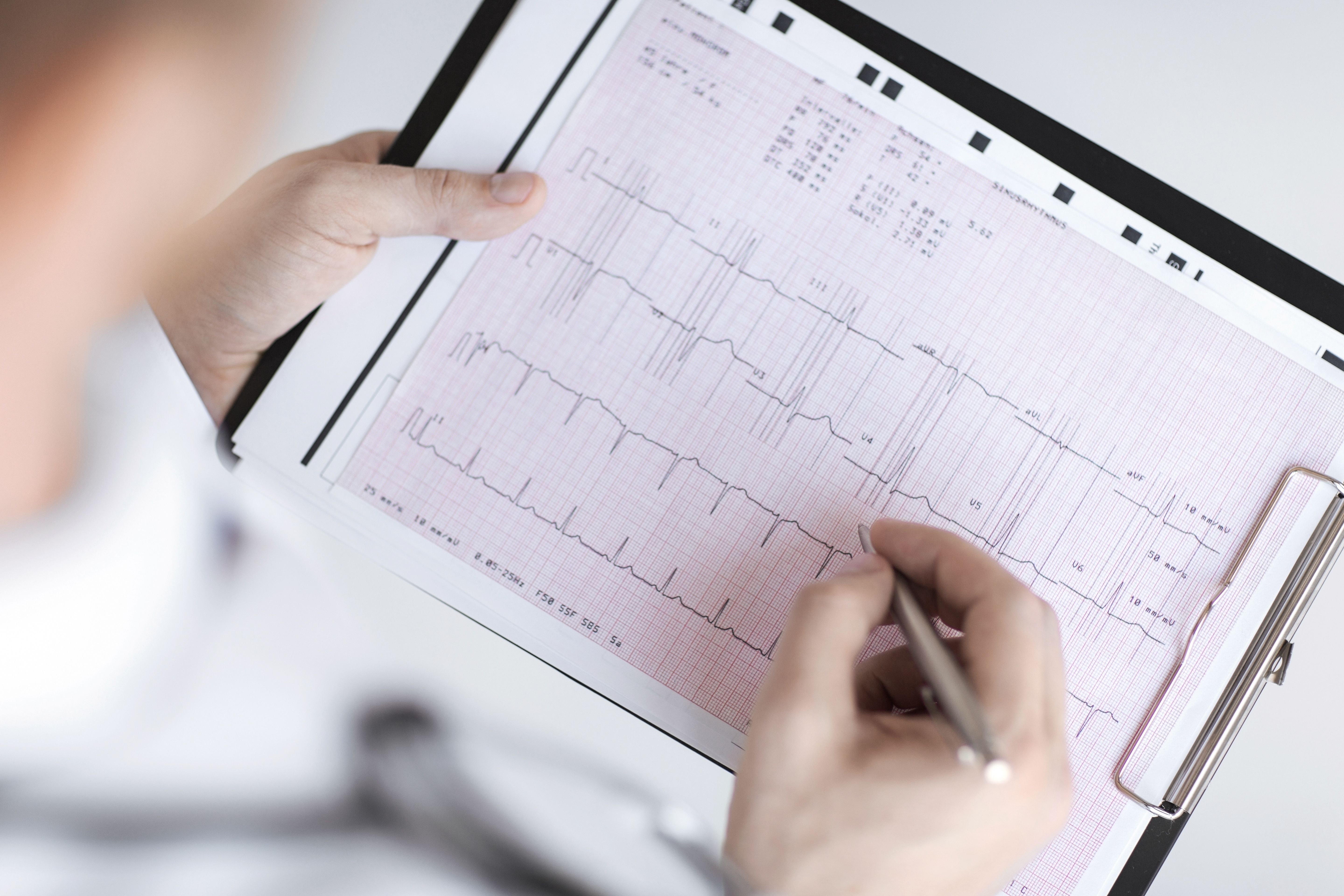Heart Valve Disease
The heart has four valves. They open and close to make sure blood flows in and out of the four chambers of the heart in the correct direction. If damaged, however, they fail to open and close properly and the heart has to pump harder, which in the long run can lead to palpitation, difficulties breathing and even increase the risk of stroke due to blockage of blood vessels outside the heart.
